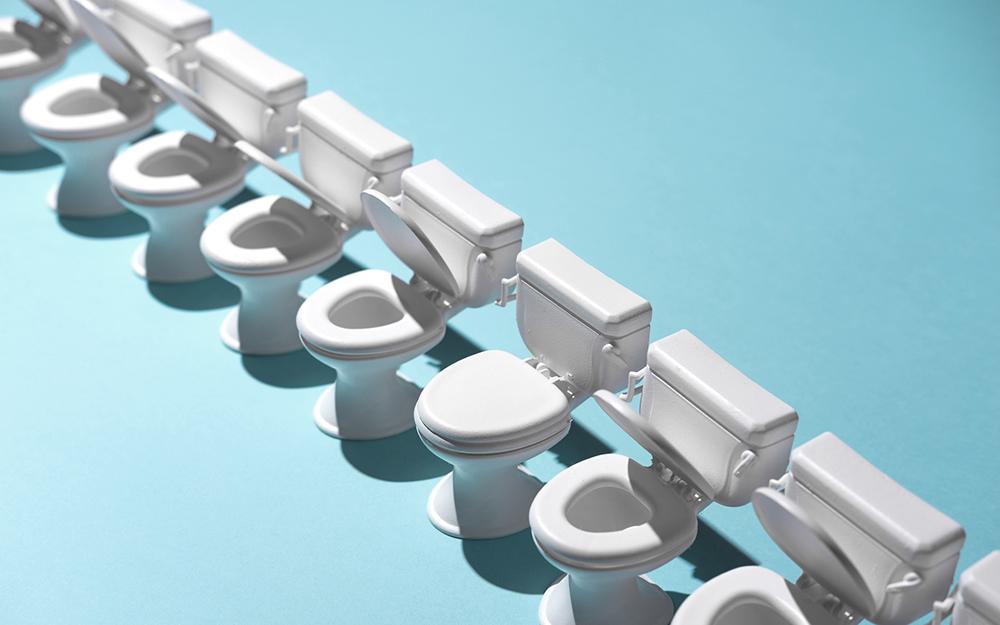Foreword
Sign up to stay in the loop on new styles and sales!
Say Goodbye to Recurrent UTIs

by Team Thinx
We live in very polarizing times (remember when the only debate consuming the internet was whether this dress was black and blue, or white and gold?), but some things will always be universally true. For example: UTIs suck. A lot. For something so painful, and so seemingly treatable, a urinary tract infection isn’t actually that easy to fend off once it takes hold. 30 to 40% of women who’ve had one before will get one again, usually within a few months of treatment, and some of us battle recurrent UTIs for years.
I asked our pelvic health expert, Lindsey Vestal, why recurrent UTIs are a thing, and whether there are any treatments available outside of antibiotics. She confirmed that there *are* plenty of preventive measures and treatment options for UTIs, but if you have recurring symptoms—especially after months or years of on and off treatment—you might be getting misdiagnosed.
How pelvic floor dysfunction mimics UTIs
If your symptoms don't always get better with antibiotics, underlying pelvic floor dysfunction is prooobably at least partly to blame for your discomfort down there. Misdiagnosis is really frustrating, but it's kind of understandable when you compare symptoms for UTIs and pelvic floor dysfunction. There’s a lot of overlap:
Pain while peeing, especially a burning sensation
A frequent urge to go to the bathroom
Feeling like you can’t fully empty your bladder once you're on the toilet
As women age, UTI symptoms can take different shapes, including delirium, feverishness, and specific pain above the pubic bone. Lindsey says it's pretty common in her practice to see patients of all ages reporting UTI symptoms who are actually experiencing both a UTI *and* pelvic floor dysfunction. UTI tests aren't the most reliable, but even if you get a positive result, she says it's easy for UTIs and pelvic floor issues to become cyclical (meaning one can cause the other), which explains why they often happen at the same time. Think about it: UTIs cause a lot of pain below the belt (hello, burning while peeing), and when we feel pain we tend to tense up. That tension can lead to taut, inflexible pelvic muscles, which is a recipe for dysfunction.
In addition to advocating for yourself in medical spaces to make sure you get the answers and treatment you need, there are three steps you can take to sort out your symptoms and get your bod back on track.
Keep track of your bodily functions
Lindsey advises paying close attention to your body’s ins and outs (read: bladder and bowel movements). Keeping a diary of your intake and output, plus any physical symptoms that come up (like pain during sex, or surprise leaks) is really useful if and when you're ready to share your symptoms with your doctor (don't be shy, your health is important!).
Check your symptoms
Pelvic floor issues cover preeetty wide terrain, but once you've started tracking your symptoms you can see whether they all fit the bill of a UTI. In addition to typical UTI symptoms, some symptoms of pelvic floor dysfunction include:
Leaking during any activity or exercise
Difficulty emptying your bladder completely
Frequent constipation
Pain during sex, including mild discomfort all the way through to sharp, burning pain
Excessive abdominal pain during your period, or tailbone pain lasting more than a month
If any of these signs hit home for you and you’ve a) got a UTI or two under your belt already and b) found that antibiotics don't completely "cure" your symptoms, it’s pretty likely that you’re experiencing some degree of pelvic floor dysfunction.
*Note: creating a symptom checklist for yourself doesn't replace a visit to the doctor, this is just a good way to prep before chatting with your doc, especially if you're nervous.
Try pelvic floor physical therapy
Pelvic floor PT has a lot of stigma attached to it, mostly because people don’t fully understand what it is. What exactly happens in a PT session varies from person to person (every body is different, y’all), but it can involve a combination of internal and external therapy to identify where your symptoms are coming from, and to retrain your bod to operate smoothly (and painlessly) again. If you’re still on the fence, educate yourself about other women’s experiences with pelvic floor dysfunction and PT.
Paying close attention to the messages your body is sending you *in addition to your doctor’s diagnosis and treatment* will help you get to the bottom of your symptoms, and get back to living comfortably.
Have you ever been misdiagnosed by a doctor? How did you get the answers and treatment you needed? Share your tips in the comments.
Posted: July 31, 2019
Related Articles
Sign up to stay in the loop on new styles and sales!


